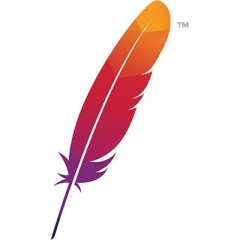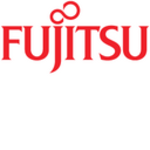The primary use case of this solution is for application services and web services.
The most valuable feature of this solution is that it supports Java Enterprise. I don't have to worry about compliance. Once Java EE runs then it's good.
The high availability is not as robust as the competition is, such as WebLogic and Jboss.
At the moment, it is dependent on how Java is working. So if Java goes this way, then Apache Tomcat follows. Apache is very tightly coupled to Java.
The question would more be where does Java need to be? Then Apache Tomcat will follow because it's Open-Source.
I have been using Apache Tomcat for three years.
I am using the latest version.
This solution is stable. It has a lot of support because it is a part of the Apache Foundation, open source.
I am a strong proponent of open source.
Scalability on its own is getting there. With the Cloud, you can deploy and make it scalable, but on its own, not as much. Unless, along with the cloud, you put it in a Kubernetes cluster, then it's scalable.
The first two projects from Apache were HTTP Daemon, Web Server, and then Tomcat. So it should have one of the richest support articles. Unless you're talking about and speaking with somebody personally, but the documentation for Tomcat is very good.
The initial setup was straightforward.
This is an open-source product and it's free to use.
Apache Tomcat is the application server, but the enterprise server that runs in it is Apache ServiceMix.
For anyone who is interested in using this solution, I would suggest knowing your use case, and knowing it very well.
If you can make it containerized, it's better, so that it can scale better. But, again, know your use case.
Because I have not used other hardware, there is nothing to compare with and it is hard to rate. In terms of my usage, I am happy with it.
I would rate Apache Tomcat a seven out of ten.











